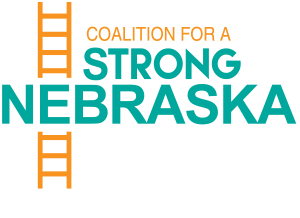Last week, Speaker Hilgers announced how he will handle certain procedural motions this session in the Nebraska Legislature. While the Legislature operates according to an outlined set of rules that senators can amend, the speaker has authority to interpret rules and set some guidelines not specified in the rules.
For example, the speaker has the authority to decide how the body handles filibusters. The rules say only that each bill must get “full and fair debate.” Speaker Hilgers announced that he will be continuing last year’s practice of allowing eight hours of debate on General File (first round of debate and voting), four hours on Select File (second round), and two hours on Final Reading (last round). If a bill is not filibustered until final reading, however, he reserved the right to allow four hours of debate.
After these time limits, the introducer of the bill can file a cloture motion, where 33 senators must vote in favor of ending debate. If senators don’t vote to end debate, the speaker pulls that bill from the agenda, and the bill is usually dead for that session.
This is a substantive change from how the last speaker handled filibusters. He allowed only four hours on General File, and if the introducer of the bill could not show evidence to the speaker that they had the 33 needed votes to end debate, the speaker pulled the bill from the agenda until they could. Some senators thought this system encouraged filibusters because of the short time limits and didn’t like that this often resulted in no vote at all on a bill after four hours of debate. Comparing this filibuster procedure with Speaker Hilgers’s shows how much power the speaker has to influence debate and the flow of session.
In just the second week of session, we already saw our first filibuster with Sen. Linehan’s LB364. After eight hours of debate on General File, only 28 senators voted for cloture, falling five votes short of the needed 33.
If you want to learn more about the cloture motion and its history in the Nebraska Legislature, read this 2020 report from the Legislative Research Office.
